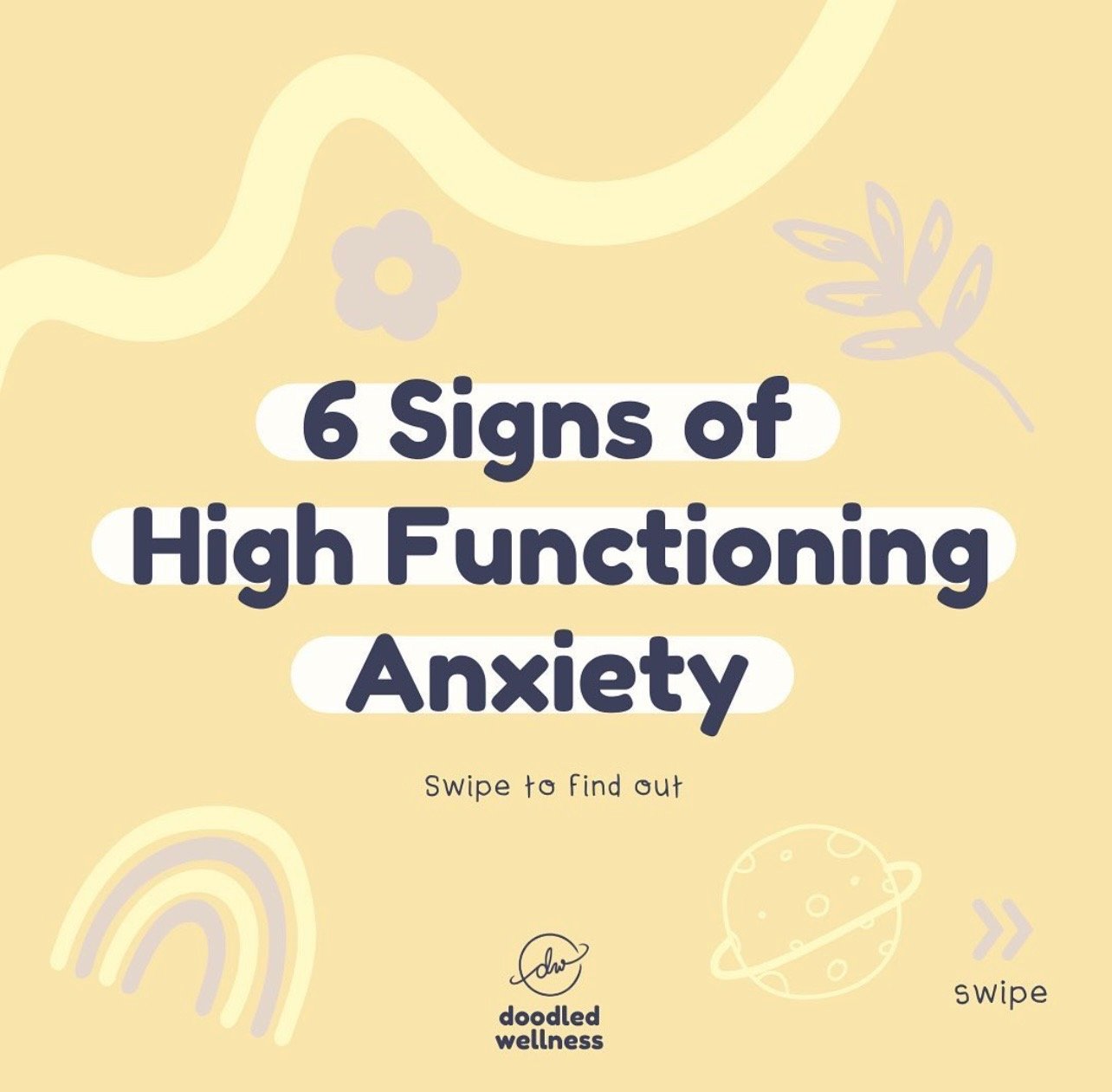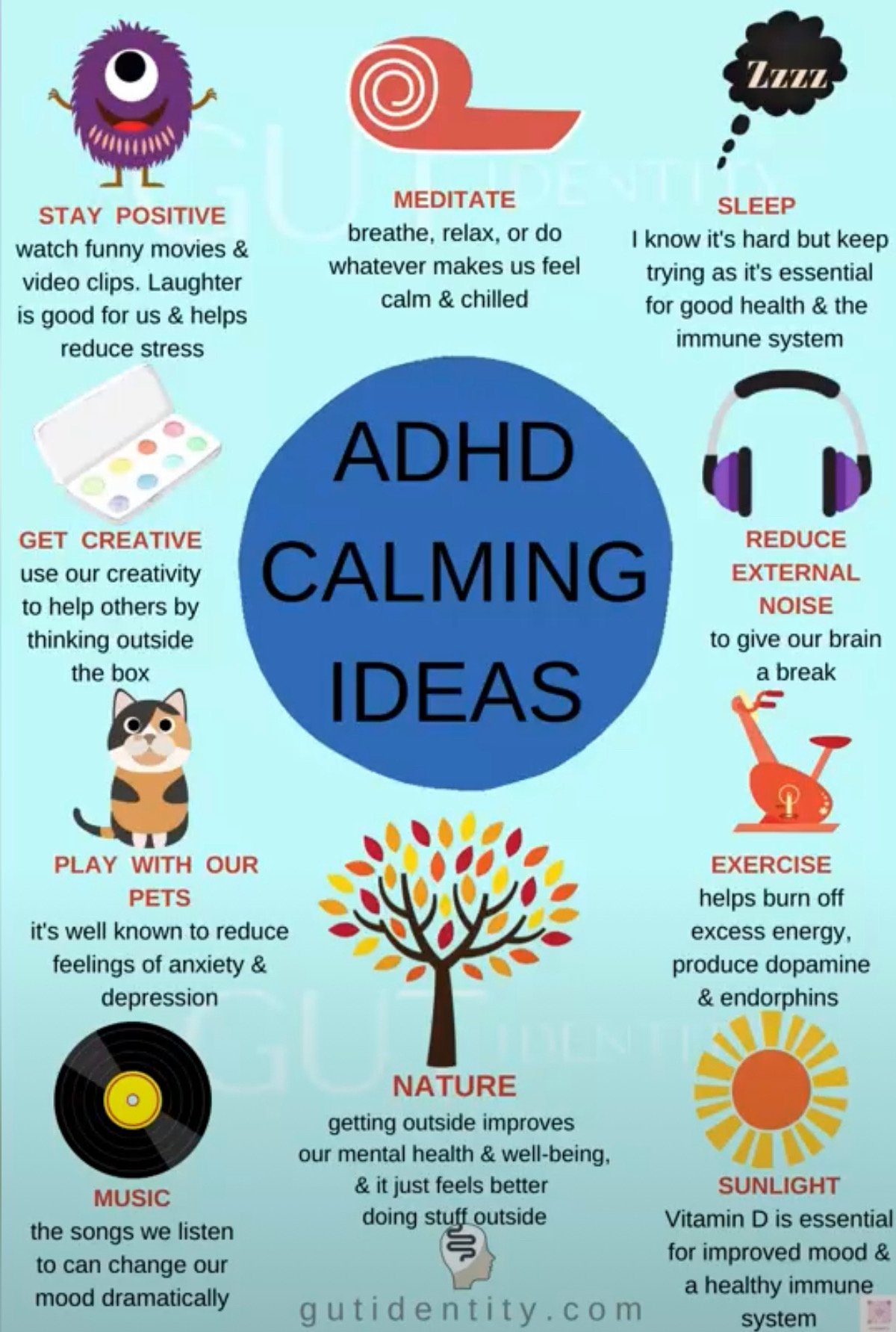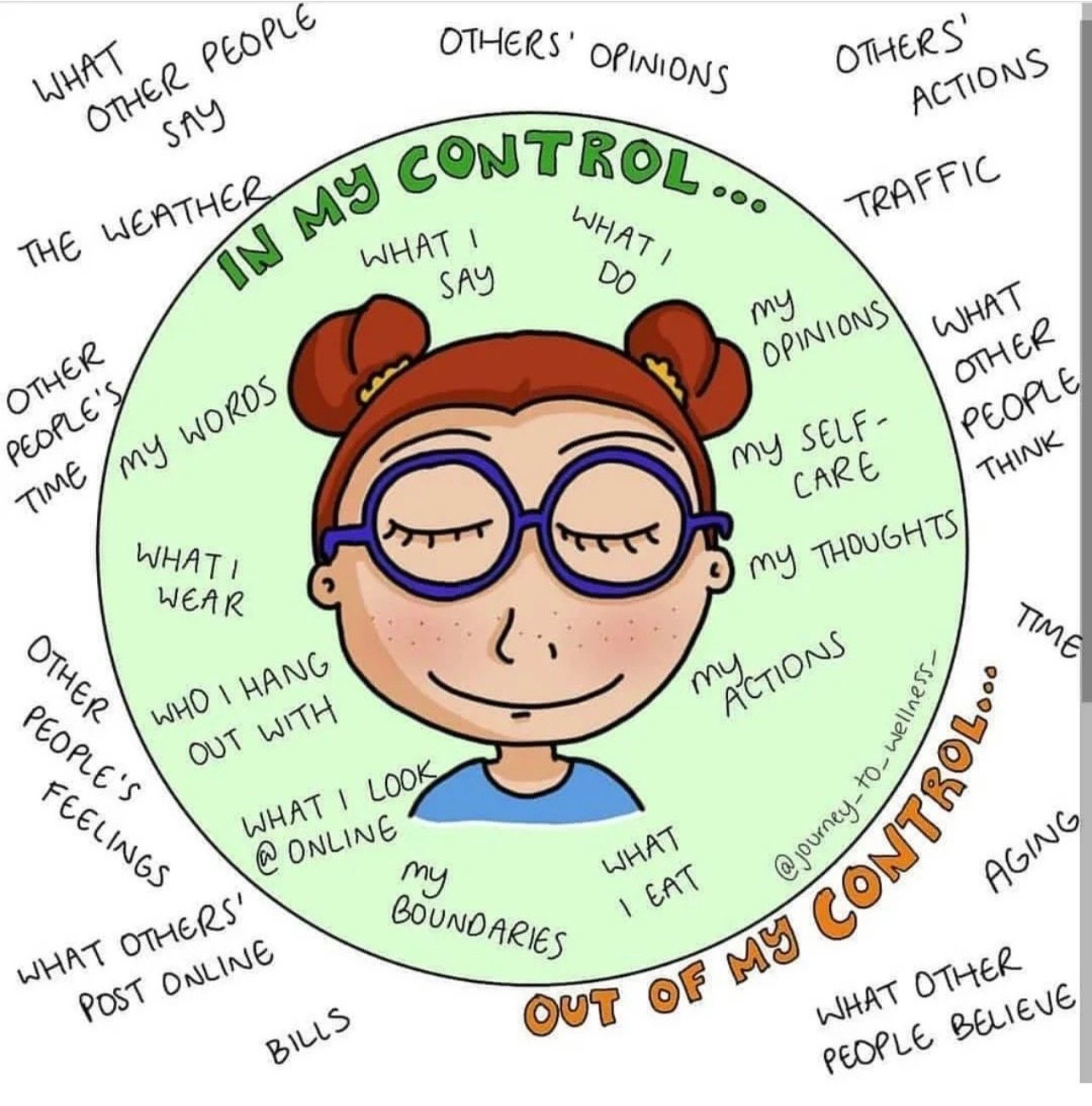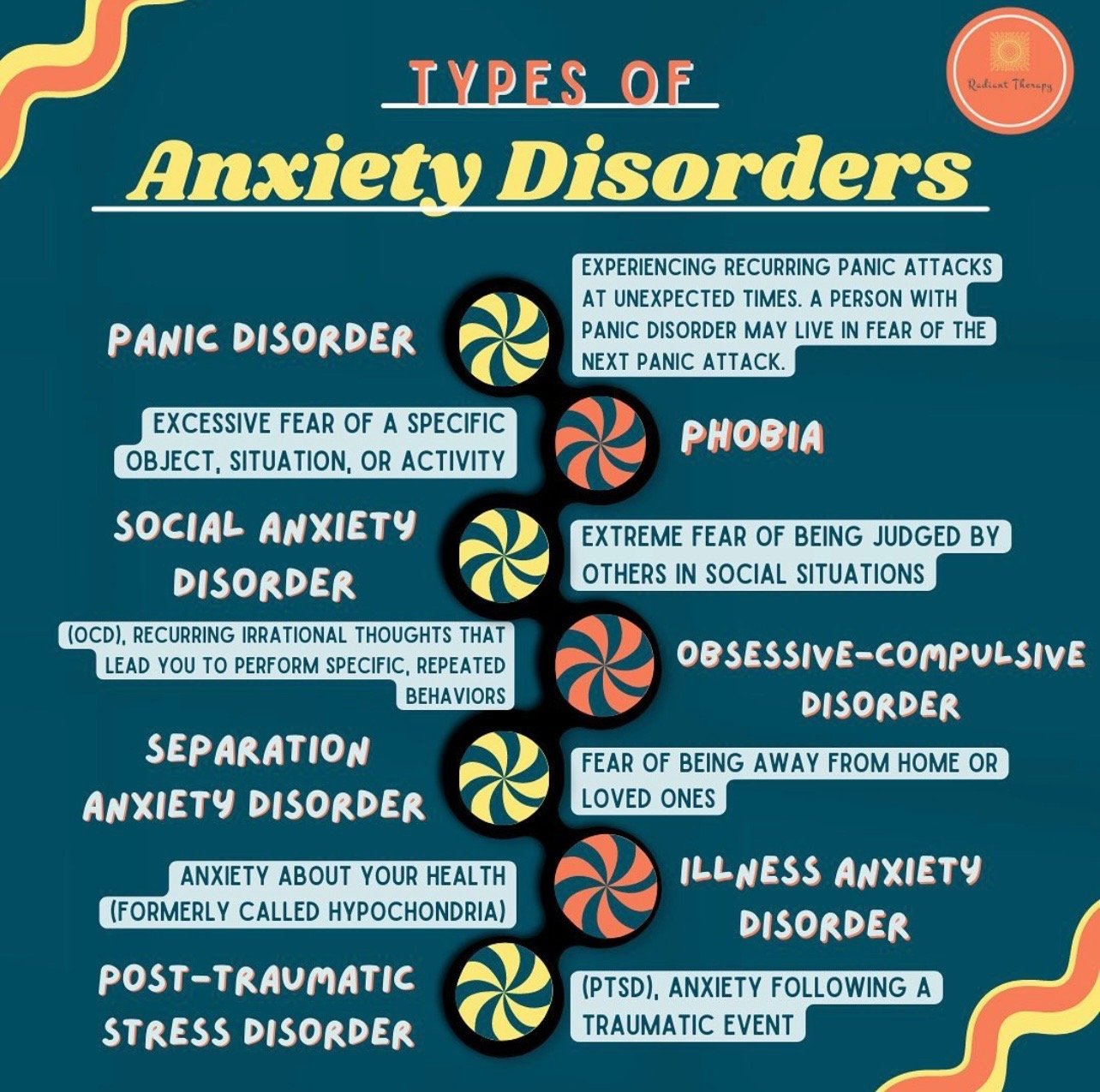You Will Bloom...
Things to Say Instead of "Don't Cry"
6 Signs of High Functioning Anxiety
20 Self Care Acts Instead of Scrolling Through Social Media
ADHD Calming Techniques
Grounding Information and How To
Looking At A Photo Of You
Things to Say Instead of "Don't Cry"
What Is In My Control?
Types of Anxiety Disorders
Simple Ways to Help Feel Grounded
It's Ok If You...
Today's Goals
What Do You Do When You Just Can't Get Started?
What Do You Do When You Just Can't Get Started?
Avoiding, procrastinating, putting things off? What's the story?
Posted February 20, 2022 | Reviewed by Kaja Perina
F. Diane Barth L.C.S.W.
KEY POINTS
If you are having difficulty getting motivated to do something, you're not alone.
You can learn how to explore and revise the stories you tell yourself.
You want to get some exercise -- go for a run, take a yoga class, or even just get out of the house for a short walk. The weather’s beautiful, you know you’ll feel much better afterwards, but…you just can’t get yourself moving.
You’d like to call your grandmother, who lives in assisted living, is all alone, and loves to hear from you. Now would be a good time. You have a few minutes free. You know you’ll feel good for having done it. But…you can’t make yourself pick up the phone and call.
It would be great to get started on that project, the one that you really want to do. But now that it’s yours, it’s hard to get yourself to move on it.
We often call all of these difficulties procrastination, and that is certainly one part of what’s going on, but it’s not all there is to it. In fact, you may have read many of the self-help books and articles about how to stop procrastinating. Many of the suggestions in these books and articles are very helpful.
But sometimes none of those suggestions, including my own advice to focus on small steps, works.
Why?
As a psychotherapist, this is the question I’m most interested in.
Why can’t you just do it?
I’ve been thinking about this question all through the pandemic, as clients and friends talked about all sorts of possible projects to keep them busy while they were living/working/playing at home. Some were successfully begun, others successfully completed, but still others never got off the ground. And the folks who hadn’t been able to get going were frustrated, irritated, and upset by their inability to get started.
“I should have been able to just push through, to get off my butt and get going,” is something I heard over and over again. But while there’s something to be said for just pushing through and starting something without understanding the reason you’re avoiding it, sometimes that’s just not possible. Understanding the meaning of your resistance can make the behavior a little easier.
To find what your behaviors mean, look for the stories you tell yourself about those things.
You may not realize it, but you tell yourself stories about yourself all day long. In a recent YouTube workshop , Esther Perel says we all have “go-to-stories,” which put our lives and our behaviors into context. These stories tell us who we are, who we have been, and who we are going to be. They also tell us what we can and can’t do, and why.
Our stories, Perel says, can give us hope, they can motivate us, and they can keep us stuck.
If you’re having troubles getting started on something, ask yourself what you think will happen before, during and after? The answers are your stories, and they often explain what’s stopping you.
These stories might be from your past, but they might also be stories that you’re getting from the world around you. Sometimes just asking yourself if you even believe the messages can change a story and remove your resistance.
For instance, my colleague Kimberly Groscher, a psychotherapist, yoga teacher, and lecturer at Columbia University School of Social Work is doing research about Black women interested in doing yoga. She told me that many of the women she interviewed would like to try yoga, but “don’t see themselves represented in the marketing and messaging around yoga and so there’s this implicit message that it isn’t for them.” When the story is changed to “my body is able to do yoga in a way that works for my body,” Groscher said, they can find classes and teachers that welcome and support their practice.
A man who wanted to get a regular exercise regimen couldn’t get himself to go to the gym. When I asked him to tell me what he imagined would happen once he was at the gym, he said, “I’d get really tired after a half hour, at least the first few times. But if you don’t do a full hour and a half workout, you might as well stay home.” I said, “That’s the story you’re telling yourself. Do you know where that comes from?” It was from a time when he was self-conscious and uncomfortable in his body and believed the messages that he had to look a certain way to find a girlfriend or even a job. Now a successful businessman with a girlfriend who loved and respected him, he realized that the old story was still playing in his head. “I don’t even believe that story anymore,” he said. Released from that perspective, he realized that he wanted to go to the gym to be healthy, so that he could enjoy his job, his girlfriend, and their potential children. “And as soon as I realized that, I researched ways to keep yourself healthy,” he told me, “and discovered that forty-five minutes, even a half hour, on a regular basis, could do that.” He’s been exercising regularly since then.
A woman who wanted to change careers could not get herself to work on her CV. “I know I have great credentials,” she said, “But I just can’t sit down at the computer to write them out.” When I asked her to talk about what she imagined would happen, we discovered that underneath her self-confidence was an old story that she would not be good enough for the job she wanted, no matter what she said on her resume. She said, “Maybe writing the CV would help me re-write the story of my abilities for myself, even if I don’t get the first job I apply for.”
A woman who could not get herself to call her grandmother worried that her grandmother would feel sad when they hung up. “I know it’s stupid,” she said. “But I imagine her sitting there, talking to me, and then looking so lost and lonely when I say goodbye.” I encouraged her to ask her parents and siblings if they had the same story. If so, they as a family might want to think about how to help her grandmother be less lonely. But to her surprise, they told her that her grandma was always happy after a conversation with her, that she often called another family member to share her good feelings.
Ask yourself what you imagine will happen when you do whatever it is you’re avoiding. Remember, the stories may come from old family dynamics, your own psyche, or the world around you. Once you’ve got the them out in the open, you can ask yourself if there’s another way of thinking about the situation. A different perspective with a different story attached may be just what you need to get started.
Coping Tools: What Helps Me
Daily Routine Based On My Energy Levels
What's your attachment style? Take this quiz to find out
What's your attachment style? Take this quiz to find out
February 15, 202212:03 AM ET
Connie Hanzhang Jin/NPR
How do you feel when your partner doesn't respond to your text right away? Is it easy for you to express your feelings to friends or loved ones, or do you struggle? Do you stay in touch with exes? Worry your current partner will leave you?
How you answered those questions can offer some insight into your attachment style. According to the field of attachment theory, each person has a unique attachment style that informs how you relate to intimacy: secure, anxious, avoidant and a small subset who are anxious-avoidant.
This quiz, adapted from Amir Levine and Rachel Heller's bestselling book, Attached: The New Science of Adult Attachment and How It Can Help You Find — and Keep — Love, will help you figure out your own attachment style.
Research has shown that even just knowing about the four attachment styles can positively influence your relationships. "It helps people become more secure," says Levine, who is a psychiatrist and neuroscientist at Columbia University.
And though you may not have a choice in which attachment style you have, it's not just up to you to address it — other people have a role to play too. "It's something that happens in the space between two people. They think, 'Oh, I have this attachment style, so I have to fix it by fixing myself.' But it's a relational thing," says Levine.
He recommends creating a "secure village"— surrounding yourself with secure people as a way to make yourself more secure.
Curious about your partner's attachment style? This quiz can help.























